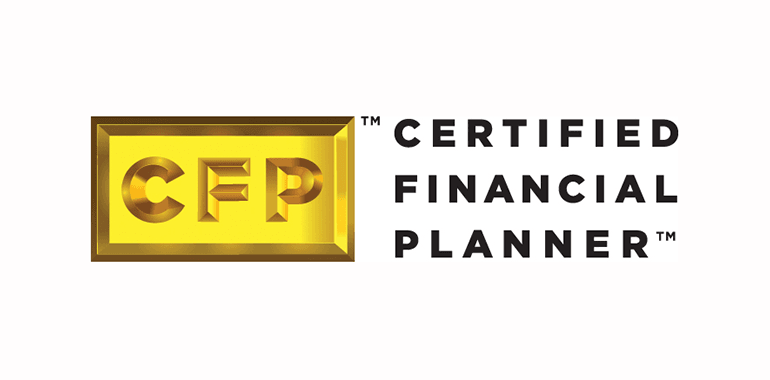Advisor Perspectives welcomes guest contributions. The views presented here do not necessarily represent those of Advisor Perspectives. The following is taken from a webinar on this topic, which was presented on March 8. To view a replay of that webinar, go here.
Check out our H2 hedge fund letters here.
“No thinking man can believe that an economy built upon a business foundation … can permanently endure without some loyalty to that (fiduciary) principle.”
Justice Harland Fiske Stone, Harvard Law Review, 1934
The late Dick Wagner, a pioneer in our industry, admonished us in his seminal essay, To Think Like a CFP. In his spirit, I frame this discussion, “To Think Like a Consumer.” That is, what do consumers want to know about their CFP? My reply, “Tell me why you’re qualified, what you do and why. Tell me the costs I pay. Your conflicts. Tell me plainly. And please, no legalese. No BS.”
Certainly, this sounds too simple to be true. Wrong. The CFA Institute’s 2016 research publication, From Trust to Loyalty, suggests it’s on target. It finds clarity and transparency on fees and disclosing and managing conflicts ranked very high among investors – so much so that fee transparency beat competitive returns as a concern.
Here’s the rub. CFPs mostly work in brokerage sales organizations where these things, like transparency and disclosure, are hard – if not impossible. An Institute survey released on March 8 revealed that just 15% of CFPs are fee-only. A full 85% reported full or partial commissions or no methods. This is fairly consistent in different parts of the country.
The CFP Board set out fiduciary duties for all advice. Its statements are clear and strong. This is an important step. But alone, it falls very short. Why?
It’s about conflicts. The duty of loyalty is about avoiding conflicts. Professor Arthur Laby notes conflicts and conflicted sales dominated much thinking of the framers of the Investment Advisers Act of 1940.
Carlo V. di Florio, then director of the SEC Office of Compliance and Inspections, said in 2012, “Conflicts of interest can be thought of as the viruses that threaten the organization’s well-being. … and if not eliminated or neutralized, even the simplest virus is a mortal threat to the body.” A mortal threat, like the Monkeypox virus.
The importance of conflicts underscores why the CFP’s core premise on conflicts and compensation matters.
The framers of the Advisers Act were concerned with conflicted sales and stressed the need to eliminate conflicts. The DOL Rule’s premise was that conflicts are toxic and hidden BD commissions a chief toxin. Transparent fees are not a toxin. The DOL distinguishes fees from commissions.
In sharp contrast, the Board advocates compensation neutrality and pledges allegiance to commission and fee equality as fundamental to its standards. This premise is a direct rejection of fiduciary convention.
The implications of this rejection are plain. For the last 10 years, the Board has said to investors that CFPs are trusted advisors – without providing guidance on avoiding conflicts or mitigating conflicts harms.
Without guidance, brokers (approximately 85% of CFPs) rely on industry training, culture and experience. BDs live by suitability rules. And these are the home field to hidden conflicts of interest, as the White House report revealed in 2015.
Yet, evidence argues that brokers already believe they are fiduciaries. A survey cited by the CFP Board showed that, among investment professionals, just 16% would “expect their advice might be different” under a fiduciary standard. This speaks volumes.
So, the question is whether there’s a reasonable basis to believe the proposed standards will result in fiduciary advice. How can that be when there is no rebuttable presumption that the CFP mark means fiduciary conduct, no urging CFPs to avoid conflicts over disclosing them, no guidance on avoiding or mitigating conflicts, no required written disclosures, client consents, and no clues on enforcement?
Read the full article here by Knut Rostad, Advisor Perspectives






